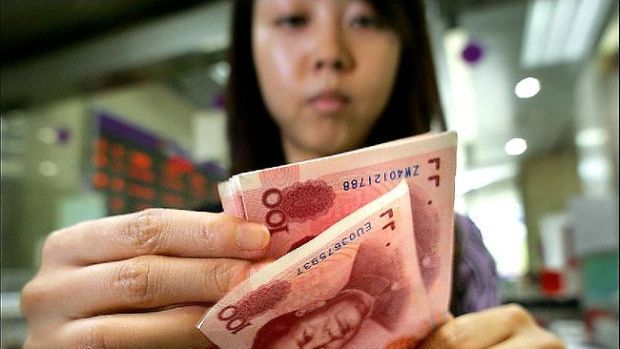China’s economic slowdown is creating a cause of concern in the entire global scenario. A depreciating demand, a series of new policies, stringent COVID protocols, geopolitical issues, have all contributed to the slowdown.
A slowing China will have a ripple effect across export oriented European and Asian countries. The trade deficit of countries like Germany and South Korea has widened further due to paucity of demand in China. Higher global commodity prices have led to a Chinese import growth rate of 1% on a YOY (Year on Year) basis. When it comes to tech and mechanical goods, the rate is negative by 8% on a YOY basis.
According to the latest data published by the National Statistical Bureau of China, the GDP growth rate in the first quarter on a YOY basis is a meagre 0.4%. This has a cascading effect on the country’s various sectors and the employment situation.
China’s housing and real estate sector contributes almost 1/3rd of the country’s GDP, while 40% of the bank credit goes to this sector itself. Most of the household savings are invested in the real estate sector. The government’s introduction of the ‘Three Red Lines’ policy has put the real estate developers in a spot. Stringent norms were imposed regarding lending by banks to real estate developers. The ‘Evergrande crisis’ was purely due to this policy wherein the developers were left wanting for capital.
One of the reasons for the slowdown is the ‘Zero COVID policy’, wherein many cities are under complete or partial lockdown. This is one of the draconian measures taken by the government to curb the spread of the coronavirus. Cities like Shanghai and Beijing have been impacted the most. The residents were barred from leaving their homes.
Another issue which is eclipsed by other events is the power crisis. There has been substantial scarcity of power in major cities of China. The government is actually rationing power and electricity from industries to households. This has also affected the productivity of factories.
From a geopolitical perspective, the visit of the US House of Representatives Speaker Nancy Pelosi to Taiwan is seen as an open challenge to China’s territorial jurisdiction. China conducted precision missile strikes in the Taiwan Strait as part of the biggest military action in decades. The probability of a possible frontal confrontation between the two largest economies of the world created tremors across the globe.
China is considered to be the ‘global manufacturing hub’. A slowing China will lead to global slowdown as well as global recession. The crude oil prices have already declined, indicating less production activities. With lesser demand, the cost of metals is expected to go down.
Electronics and automobile sectors will be most impacted by the Taiwan issue. Taiwan Semiconductor Manufacturing Company manufactures half of all the chips in the world. About 60% of all smartphones use these chips. The global automobile industry is reliant on these chips as well. The recovery of the automobile sector will take a huge jolt if the escalation between the US and China is not resolved quickly.
China is also a dominant player in the pharmaceutical sector. The Zero COVID policy will create supply constraints to the API (Active Pharmaceutical Ingredients) sector. The Indian pharmaceutical industry will be highly impacted by such an outcome.
From a capital market perspective, there will be flight of FIIs (Foreign Institutional Investors) and FPIs (Foreign Portfolio Investors) from emerging markets like India to developed markets like the US. This will further depreciate the local currencies of developing countries and strengthen the USD.
China is India’s second largest trading partner, which contributes to almost 5% of India’s total exports and 15% of India’s total imports. A lot of raw materials used in the telecom, automobile and pharmaceutical sectors come from China. Also, depreciating demand from China will hit Indian exporters badly. All these will spiral into high inflationary pressures.
The flight of FIIs and FPIs weakened the rupee further vis-à-vis the dollar. The investors envision higher volatility in the ensuing days and strive for safety and security. The INR has depreciated by more than 6% in 2022. It has already breached the eighty-mark.
Till now, India has maintained silence over the Taiwan issue. The prevailing scenario provides India a golden opportunity to position itself as a substitute to China. Countries like Australia and Canada have already shifted their focus to New Delhi to meet their raw material requirements. India must leverage this opportunity by augmenting its supply chain. India must enhance its bargaining power in negotiating deals with developed countries.
Global agencies have cut the growth forecast for China due to its ‘zero COVID policy’. Hence New Delhi must engage with its allies and try to fill the space left behind by China. This would help India both in the short as well as the long run.
The writer is an investment banker. Views are personal.






































